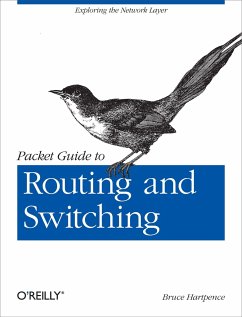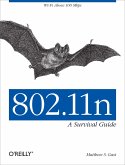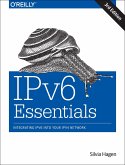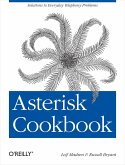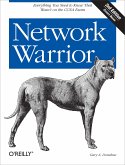Go beyond layer 2 broadcast domains with this in-depth tour of advanced link and internetwork layer protocols, and learn how they enable you to expand to larger topologies. An ideal follow-up to Packet Guide to Core Network Protocols, this concise guide dissects several of these protocols to explain their structure and operation.
This isn t a book on packet theory. Author Bruce Hartpence built topologies in a lab as he wrote this guide, and each chapter includes several packet captures. You ll learn about protocol classification, static vs. dynamic topologies, and reasons for installing a particular route.
This guide covers:
Host routing Process a routing table and learn how traffic starts out across a network
Static routing Build router routing tables and understand how forwarding decisions are made and processed
Spanning Tree Protocol Learn how this protocol is an integral part of every network containing switches
Virtual Local Area Networks Use VLANs to address the limitationsof layer 2 networks
Trunking Get an indepth look at VLAN tagging and the 802.1Q protocol
Routing Information Protocol Understand how this distance vector protocol works in small, modern communication networks
Open Shortest Path First Discover why convergence times of OSPF and other link state protocols are improved over distance vectors
This isn t a book on packet theory. Author Bruce Hartpence built topologies in a lab as he wrote this guide, and each chapter includes several packet captures. You ll learn about protocol classification, static vs. dynamic topologies, and reasons for installing a particular route.
This guide covers:
Host routing Process a routing table and learn how traffic starts out across a network
Static routing Build router routing tables and understand how forwarding decisions are made and processed
Spanning Tree Protocol Learn how this protocol is an integral part of every network containing switches
Virtual Local Area Networks Use VLANs to address the limitationsof layer 2 networks
Trunking Get an indepth look at VLAN tagging and the 802.1Q protocol
Routing Information Protocol Understand how this distance vector protocol works in small, modern communication networks
Open Shortest Path First Discover why convergence times of OSPF and other link state protocols are improved over distance vectors

